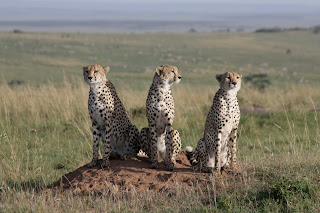 A new Nairobi signature is coming up in upper hill, this will be the tallest building with 67 stores, The building will be the new home of
the city’s Hilton Hotel.
A new Nairobi signature is coming up in upper hill, this will be the tallest building with 67 stores, The building will be the new home of
the city’s Hilton Hotel.
The
Sh11 billion twin towers building, whose construction has begun, is scheduled to be completed by 2020. Hilton Worldwide announced that it would be setting up its third shop
under a franchise agreement with its owners.
When
complete, Hass Towers will be one of the largest and most modern properties in
Nairobi’s Upper Hill. The Towers is set on a three-acre plot and will dwarf other buildings in
Nairobi.
The
255 guest-room hotel will be located in the shorter of the twin towers while
the taller arm will be an office block. The mixed use development consists of a
business hub and a four level basement car parking facility with automated car
parking solutions.
It will also house a four level retail and entertainment segment with a central atrium on which the 45 level five-star suite hotel will be built.
It will also house a four level retail and entertainment segment with a central atrium on which the 45 level five-star suite hotel will be built.
The
Upper Hill hotel will be Hilton’s third in Kenya besides the pioneer one in
Nairobi’s Central Business District that was opened in 1969 and the Hilton
Garden Inn located two kilometers from the Jomo Kenyatta International Airport.
Hilton’s
decision to upgrade its presence in Kenya with a modern facility is seen as
being part of the ongoing battle for control of Kenya’s growing hospitality
industry. “Occupancy rates in Nairobi and Mombasa remain high and international
companies such as Marriott, Sheraton, Ramada, Hilton Garden Inn, Mövenpick
Hotel and Four Points by Sheraton are planning new hotels in Kenya in the next
five years,” PricewaterhouseCoopers (PwC) said in a Hotels Outlook report
released last month.





















